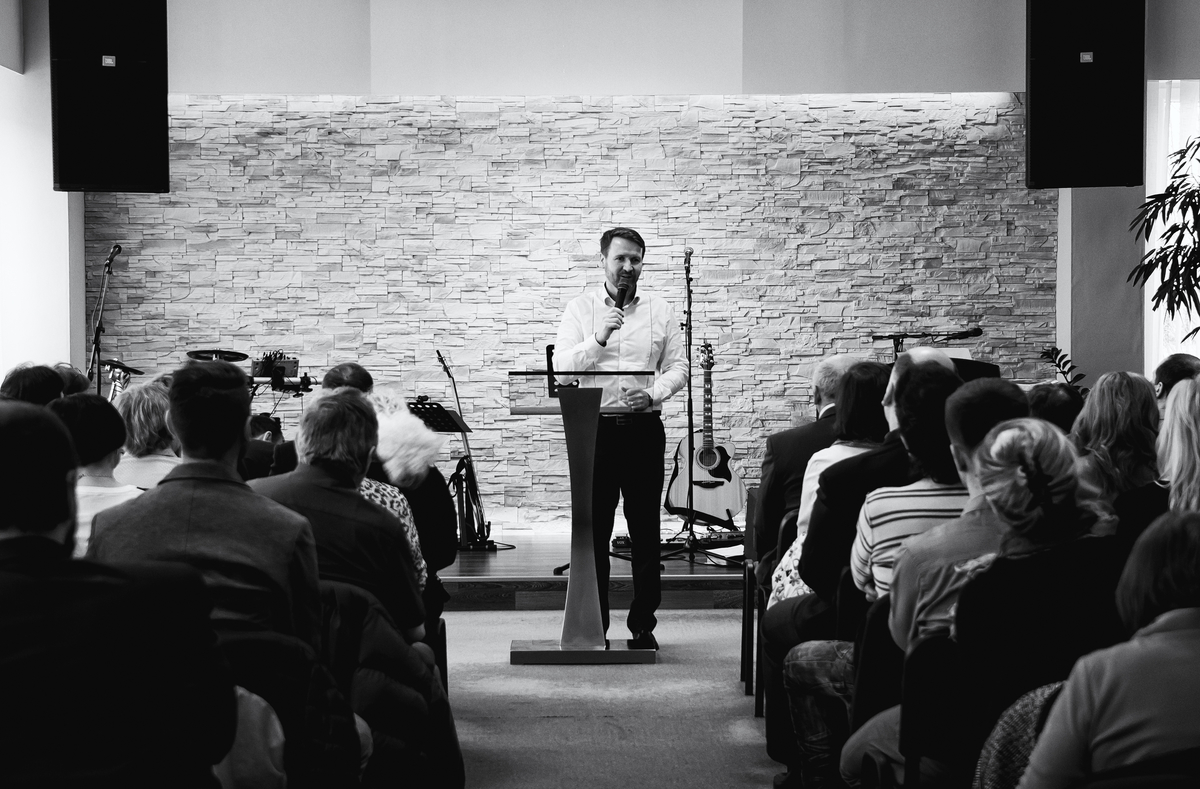Your church has programs. Or environments. Or whatever it is that you call things where people gather/attend/meet together on a regular basis.
Many church leaders struggle connecting strategy or discipleship process with church programming. It is common for a team to gather to discuss discipleship process or strategy and fail to see implications of their discussions on their weekly programming. Or they almost view the two discussions as mutually exclusive, as if the programming conversation is unspiritual and the discipleship conversation has no bearing on what the church offers. While we must be careful not to equate assimilation with transformation, a wise church leader wants to utilize the church’s programs as tools the Lord will use in the transformation of His people. The programs must be viewed as tools for the people, and not the people as tools to run programs.
When I have met with church leaders on the impact of their discipleship process/strategy on their programming, here are four discussion points I have used:
1) Program based on your discipleship process
If you have articulated an overarching discipleship process or strategy, line your programs up with your process. Because you don’t want to create a Christian bubble cluttered with a plethora of programs, consider offering one regular program/environment for each phase of your discipleship process. If you over-program early in your discipleship process, people will not have the time to move to other steps in your process.
2) Clarify the goal(s) of each environment (program)
Let’s assume that a weekend worship gathering and some type of group structure are programs your church offers. Clarify what you desire to see happen in those environments. What are your groups for? Are your leaders trained with those goals in mind?
3) Design the hand-offs between the programs
In a relay race the most critical part of the race is the hand-off. Teams work extremely hard to ensure the baton is seamlessly handed from one person to another. The people who attend our churches should be treated with more care and passion than a baton. If your church’s process is to move someone from a weekend worship gathering to a small group, consider how effective your hand-off process is. How do you encourage someone to get more involved?
The most effective hand-offs are obvious, easy, and relational (credit to Andy Stanley for 2/3 of the above statement). With groups, here is a broad example of a hand-off that is obvious, easy, and relational.
Obvious: Consistent invitations to get plugged into a small group with a list of open groups in the bulletin. This is obvious, but the hand-off is not yet easy or relational.
Obvious & Easy: Consistent invitations, a list of groups, and time in the worship service to easily sign up for a group.
Obvious, Easy, & Relational: Consistent invitations, a list of groups, and time to meet leaders after the service where leaders can personally invite people to their groups.
Once a strategy is designed, the hand-offs must be continually evaluated and discussed.
4) Communicate with passion and clarity to the congregation
People will not embrace something they do not understand. They will have a difficult time committing to something that is not clear.
—
If you need an outside perspective on your mission and strategy, I highly recommend utilizing Auxano. I still occasionally consult churches with Auxano and am proud of how we are helping church leaders.





